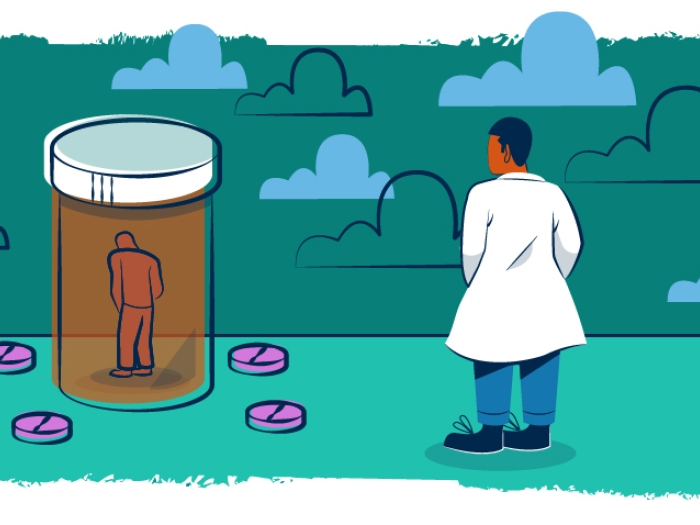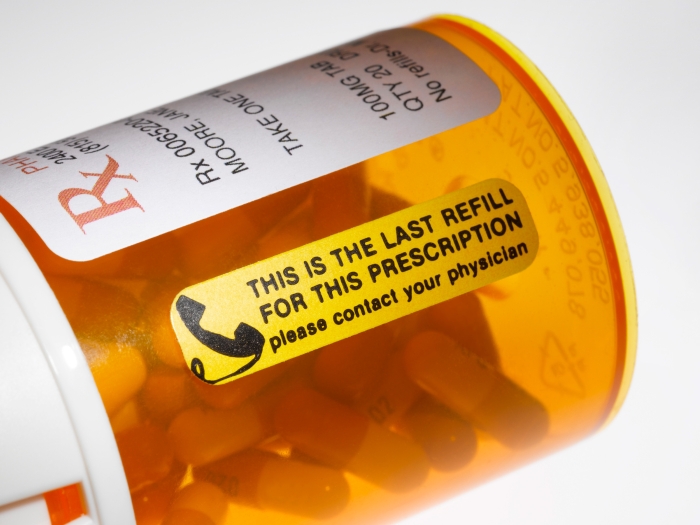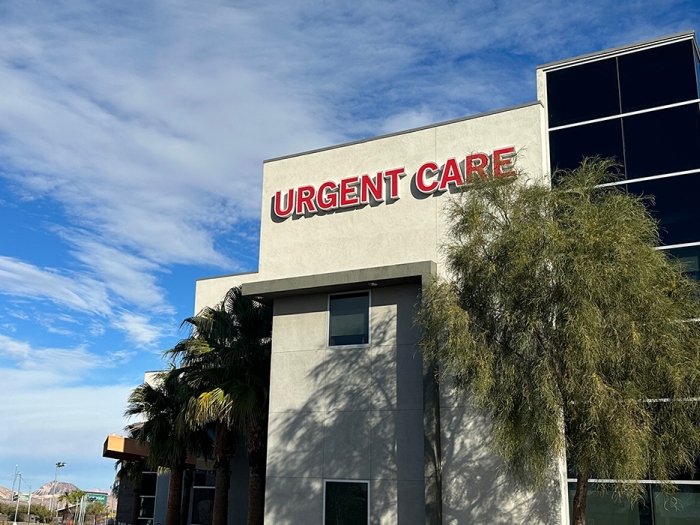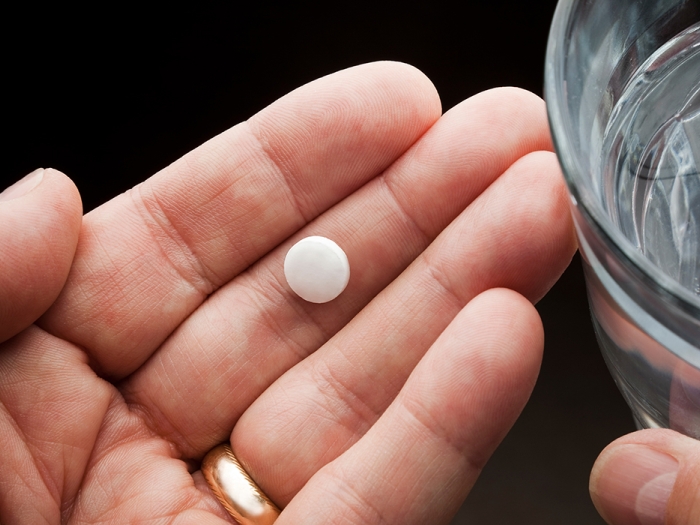Hepatologists examine data around a 2011 FDA drug mandate
10:03 AM
Author |
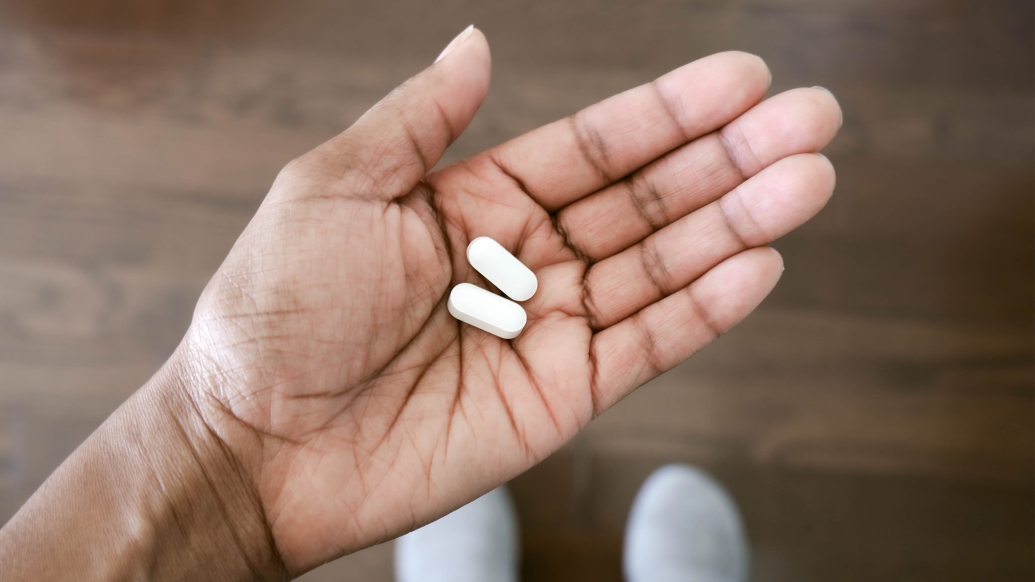
Nearly everyone has taken a tablet or two of acetaminophen, which is more commonly known as Tylenol, when dealing with minor aches, pains or fevers. In fact, it’s one of the most used over-the-counter medications in the United States due to its many safe and effective qualities.
“Because acetaminophen is so widely available, it is safely used by thousands of Americans on a daily basis,” said Robert Fontana, M.D., professor of internal medicine and transplant hepatology researcher at Michigan Medicine. “You can go to nearly any grocery store, pharmacy or vending machine and purchase a large quantity of acetaminophen for less than $10. Furthermore, there are nearly 130 different over-the-counter products that include acetaminophen as an active ingredient, and they work well for things like headaches, scrapes, bruises and nasal congestion.”
However, Fontana notes that there’s a dark side of the drug that often goes unnoticed until it’s too late.
“On a yearly basis, acetaminophen overdoses are responsible for nearly 112,000 emergency calls to poison centers across the country,” he said. “It’s also responsible for 59,000 emergency room visits and 38,000 hospitalizations.”
SEE ALSO: Many Popular Dietary Supplements Can Yield Dangerous Liver Results (michiganmedicine.org)
According to Fontana, when individuals inadvertently take too much of the drug, it can cause serious harm to the liver, which may be irreversible.
“Manufacturing and selling this drug are a multibillion-dollar business, and products like Tylenol are a household name, as well as a household staple,” said Fontana. “But this doesn’t mean that individuals shouldn’t exercise caution when taking acetaminophen-based products for various ailments. Individual consumers need to be aware of their total daily dosage of acetaminophen to make sure they aren’t exceeding the maximum daily recommended amount. Many people don’t know that this is 3,000 to 4,000 milligrams per day.”
This inspired Fontana and a team of researchers from the University of Alabama, led by Babak Orandi, M.D., Ph.D, M.Sc., M. Chandler McLeod, Ph.D., Paul MacLennan, Ph.D., and William Lee, M.D., to examine national data around a 2011 FDA mandate that limits the amount of acetaminophen in “combination acetaminophen-opioid products.”
The mandate also added a written warning on drug packaging regarding the potential for severe liver injury upon excessive consumption. The team’s findings were recently published in JAMA.
“This mandate limited the amount of acetaminophen in these combination prescription analgesic products to 325 milligrams per tablet,” said Fontana. “Our goal was to determine if this regulatory action, combined with the clearly stated warnings, reduced liver toxicity among the general public after it was implemented.”
The team looked at data from two separate sources, including the National Inpatient Sample and the U.S. Acute Liver Failure Study Group.
“Most notably, we looked at the hospitalization rates related to these combination products and compared them to the rates associated with acetaminophen overdose alone before and after the FDA mandate was issued in 2011,” said Fontana. “And what we found was quite telling.”
The team discovered that in the four years before the mandate was issued, hospitalization rates for liver toxicity caused by acetaminophen-opioid combination products were steadily rising year after year. Following the implementation of the mandate, however, the combination numbers steadily decreased by 13% each year over a nine-year period.
Similar trends in a reduction of the number of acute liver failure cases were also noted.
“It was interesting to see that the FDA manufacturing mandate helped keep people out of the hospital when it came to opioid-acetaminophen combination products and life-threatening liver toxicity,” said Fontana. “But hospitalization rates associated with acetaminophen toxicity from over-the-counter products, which were not covered in the mandate, continued to occur and increase after the mandate was issued.”
SEE ALSO: Antibiotics Side Effects: Drug-Induced Liver Injury from Z-Paks (michiganmedicine.org)
Fontana hopes that this research will further inform boundaries around easily accessible and effective drugs that are still potentially hazardous: “We hope that this collaborative research will spur further discussions around the potential benefits of FDA mandates surrounding commonly used over-the-counter products that contain acetaminophen to further enhance the safety and well-being of the general public.”
Paper cited: “Association of FDA Mandate Limiting Acetaminophen (Paracetamol) in Prescription Combination Opioid Products and Subsequent Hospitalizations and Acute Liver Failure,” JAMA. DOI: 10.1001/jama.2023.1080

Explore a variety of healthcare news & stories by visiting the Health Lab home page for more articles.

Department of Communication at Michigan Medicine
Want top health & research news weekly? Sign up for Health Lab’s newsletters today!
